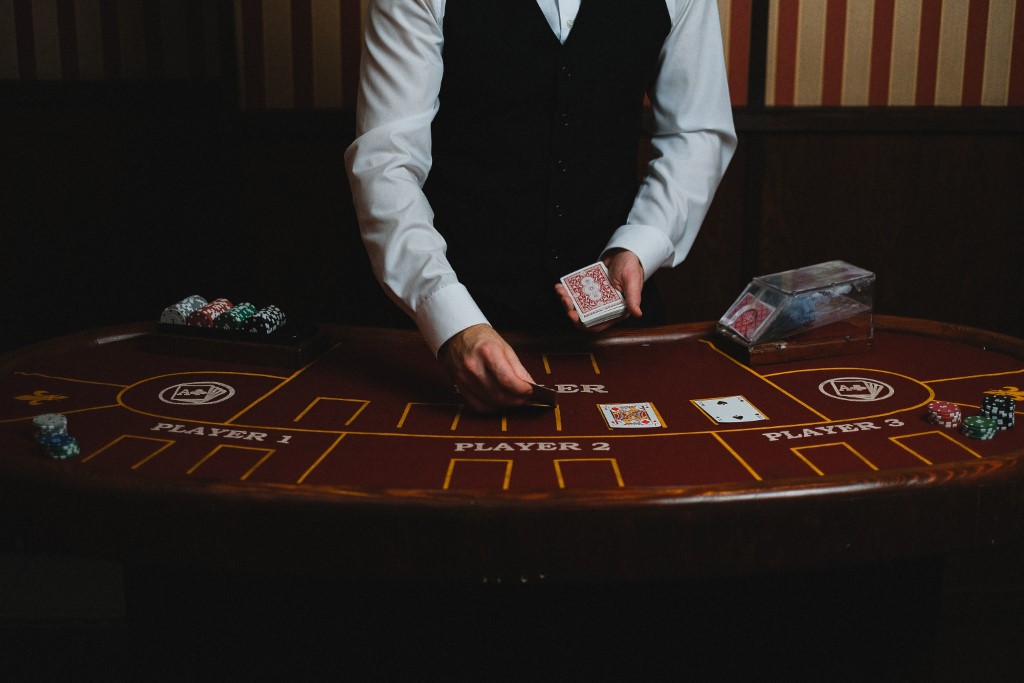The game of blackjack is consistently ranked as one of the most popular table games found in casinos. It is also the game that everyone has been talking about ever since the strategy of card counting became common practice among members of the general public. All of you mathematicians who, despite your best efforts, have not yet experienced the excitement of playing blackjack, you had better brace yourselves. The following is a condensed rundown of the rules, basic strategy, and alternative betting options for the card game blackjack.
Playing Cards Used for Blackjack
In the card game known as “21,” each card of any suit is worth 10 points, regardless of the suit it belongs to. In this regard, aces present an especially difficult challenge. Although the value of an ace is typically 11, this value can also be changed to the value of 1 in certain situations. Keep in mind that the overarching objective of Blackjack is to win by having a hand that is stronger than that of the dealer. This indicates that the player should refrain from making any attempts to raise the total so that it is higher than the total of the dealer. In addition, if the dealer has a total that is higher than 21, the player cannot also have a total that is higher than 21.
When all of this is taken into consideration, it is much simpler to understand the dual nature of an ace. When the sum of all the cards in a hand cannot go higher than 21, we count it as one and move on to the next hand. This is what people mean when they talk about a “hard hand.” The situation known as a “soft hand” is one in which an ace is counted as an 11 in the hand. The object of the game is to amass a point total that is as close to 21 as you can get using only the first two cards that are dealt to you.
Where can I find the information regarding the Payouts?
The incentives are of the utmost significance. Players should be made aware of the various payout mechanisms, as this can provide essential information about the sums of money they can anticipate winning as a result of the wagers they place. The best that is commonly referred to as “3 to 2” is the one that the vast majority of players go for. It shouldn’t come as a surprise given that it allows players to win $3 for every $2 that they spend, or $15 for every $10 that they wager, and so on… The payment of 2 to 1 is the most desirable outcome, but it does not occur very frequently. If you come across it, give it a shot whenever you have the opportunity to do so. The wage scale of six to five is not well-liked. There is the possibility of receiving a greater reward than this one, particularly if you are skilled at card counting. On the other hand, this goes beyond straightforward strategies and might become the topic of upcoming blog posts.
The Rules and Regulations of Gambling
There are a few fundamental betting rules to follow when playing blackjack. We will zero in on a select few of the issues that are of the utmost significance. Let’s say you went ahead and purchased the chip and began playing right away. The dealer will deal the cards, and if you do not have the good fortune to achieve a “natural 21” right away, there are several aspects of the game that you should be aware of. The “Standing Rule” is a signal to the other players that you are content with the cards you have been dealt and will “stand” with them to continue playing the game. It would be appropriate for you to demonstrate this by waving your hand over the cards with your palm facing downward.
After the dealer has determined that he or she does not have a Blackjack and before drawing a card, players are allowed, according to the “Surrender Rule,” to give up their first two card hands in exchange for fewer points. After the dealer has established that he or she does not have a blackjack, this step is taken. The phrase “The Hitting Rule” gives the impression that you are requesting another card from the dealer. This information can be conveyed to the dealer by making a soft tapping motion behind your cards on the table. Their interest will be piqued as a result of this.
Players have the opportunity to win twice as much as they initially wagered thanks to the “Doubling Down Rule.” You will each be given one draw card as a token of our appreciation for your participation. Players can split two identical cards they have in their hand’s thanks to a rule known as the “Pair Splitting Rule.” Additionally, this suggests that players will continue to play two different hands from this point forward. If a player finds themselves in this predicament, they should immediately place a new bet with the same amount as their initial stake. If there are two players and they share an ace, it indicates that both of them can draw one card from the deck.
Should You Make Side Bets While Playing?
Side bets are among the most popular types of wagers, even though they are not part of the standard rules for the game of blackjack. There is no clear answer to the question of whether or not they are profitable. When deciding whether or not to place a side bet, you should not only think about how skilled you are at the game in question, but you should also think about the advantage the house has over the players.
Even though the house edge in blackjack is relatively low, you should still do some research on the subject before you start playing. You should also consider utilizing one of the many online calculators that are currently available.
The fact that side bets typically offer the highest possible payouts is the primary benefit of making these types of wagers. For instance, the payouts for an easy match can be as high as three to one if you play at a table where there is only one deck of cards. The payout for a Royal Match is always 10 to 1, regardless of the other possible outcomes.
- Casinos That Are Often People’s First Preferences
- How to Advance From a Casino Rookie to a Professional
- How to Choose the Best Bonus at an Online Casino
- Important Strategies and Rules For Online Casinos



